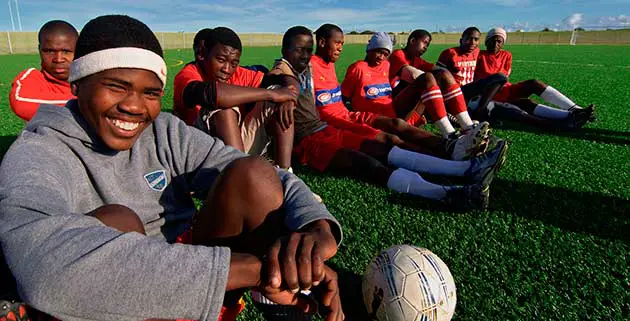Preparing for Your First Trail Run
Imagine this scenario: you’ve been planning this for months; you and a group of friends are headed to the Italian Alps to go hiking. A year ago, you started joining fun runs but only those done in the city. It was part of your plan to lose weight and get healthy again.
One of your friends convinced you to mix it up a little and add some trail running and mountain trekking to your routine. Your trip to Italy will make it happen. You’re accompanied by friends who have done plenty of this type of outdoor activity.
If this scenario sounds like you as a first-time trail runner, what are the things that you should be aware of? The following pointers will help you sort through the twigs, stones, and grass on the trail:
The Running Community
Running is a popular sport – globally, nearly 60 million people every year hit the asphalt, concrete, and dirt trails at an average speed of about 10 to 11 km/hour.
Getting healthy is one of the primary objectives of people who join running communities. It is one of those individual sports that you can perform on your own and with minimal equipment.
Trail Running Guide
Leave your ego at bag check. If you’re feeling too confident because you’re an experienced road runner with several 10K and 21K urban races under your belt, think again. Trail running is different. Consider the following before you start with your first trail run:
- Gear up properly. Trail running shoes are different from urban road running shoes. Trail footwear should have the following characteristics; a) ability to grip rugged terrain; b) protects your foot from the impact of rocks and roots, and c) stiff built to provide more significant ankle support. Runner’s World magazine reviewed Saucony, Altra, Topo Athletic and Brooks as some of the best brands of footwear for trail running. Test these shoes and pick one that fits your foot and stride the best.
- Follow the rules. In golf, the one with the ball farthest from the hole gets to hit first. You are likely to encounter other users of the trails like hikers or mountain bikers. The rule is to yield to them. Give way to runners going up the hill, if you’re going down the same hill. But practice the necessary courtesy when going in either direction.
- Quicker Strides. Shorter Steps. This is one of the fundamental differences between running on pavements and trails. The surface is uneven on a path with protruding rocks and roots that you need to avoid. You need to react to the changing additions on the trail. Because of this, you need to maintain focus on the path. Turn your gaze about 10 to 15 feet ahead of you to prepare for your next strides.
- Pace yourself. You can’t compare your pace on a flat surface versus on a trail surface. Don’t be too concerned about your time. As a first-time trail runner, you will have to walk a steep and muddy incline. That’s ok. Be in tune with what your body is telling you. Go slow or even rest if necessary. Don’t forget to hydrate.
- Always safety first. Run with a group or a buddy if it’s your first time. Inform people that you’re about to go on a trail run, especially if it’s deep into a forest. Mind the time. If it’s going to get dark within the next hour so, plan to finish your run within 30 or 40 mins, regardless of your pace.
Remember to do the initial routine of warming up and stretching to avoid injuries. Are you ready to run the trail?





